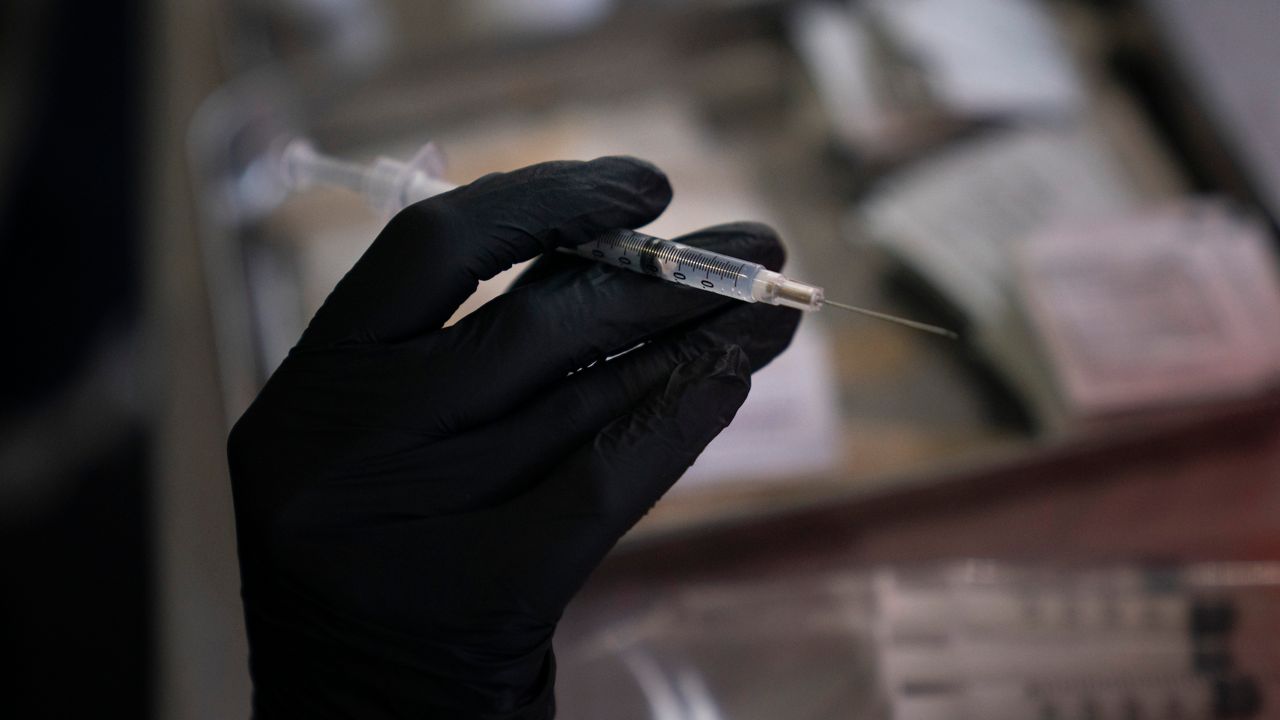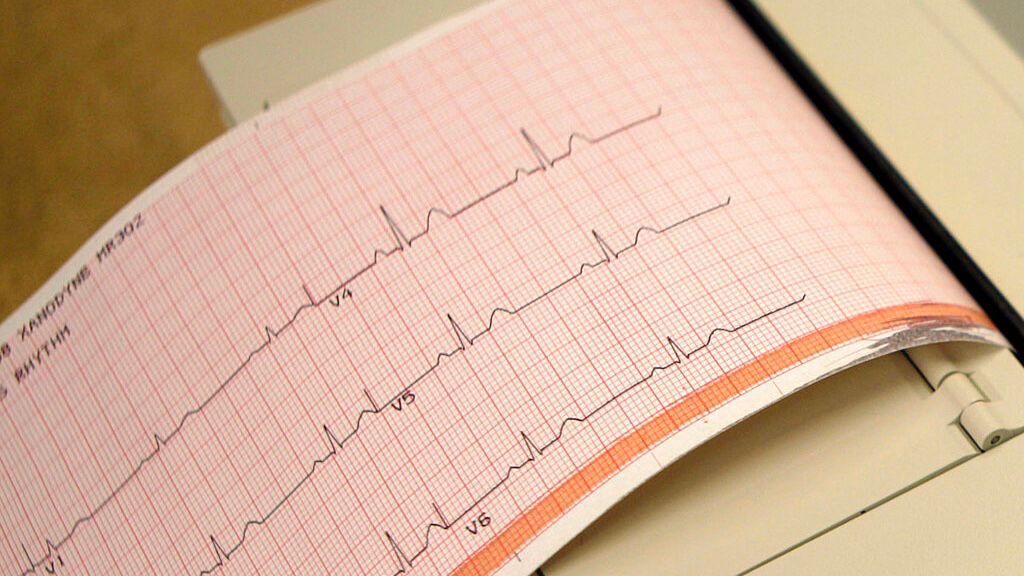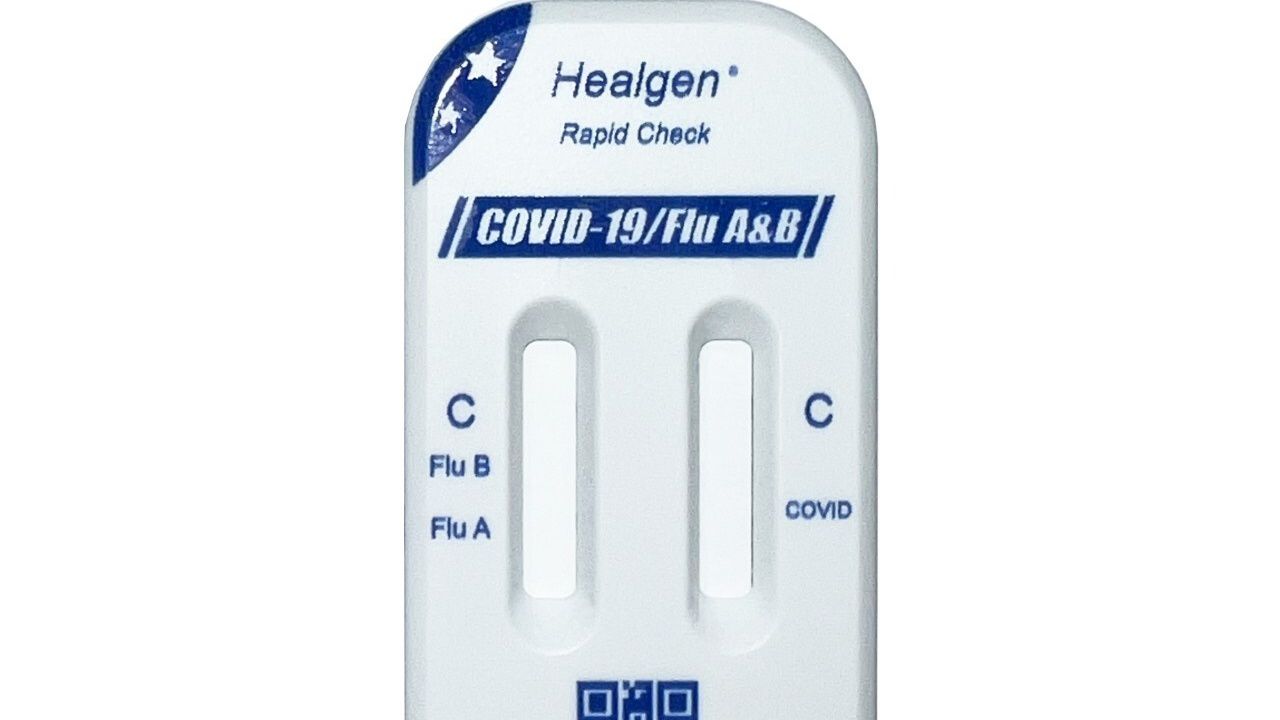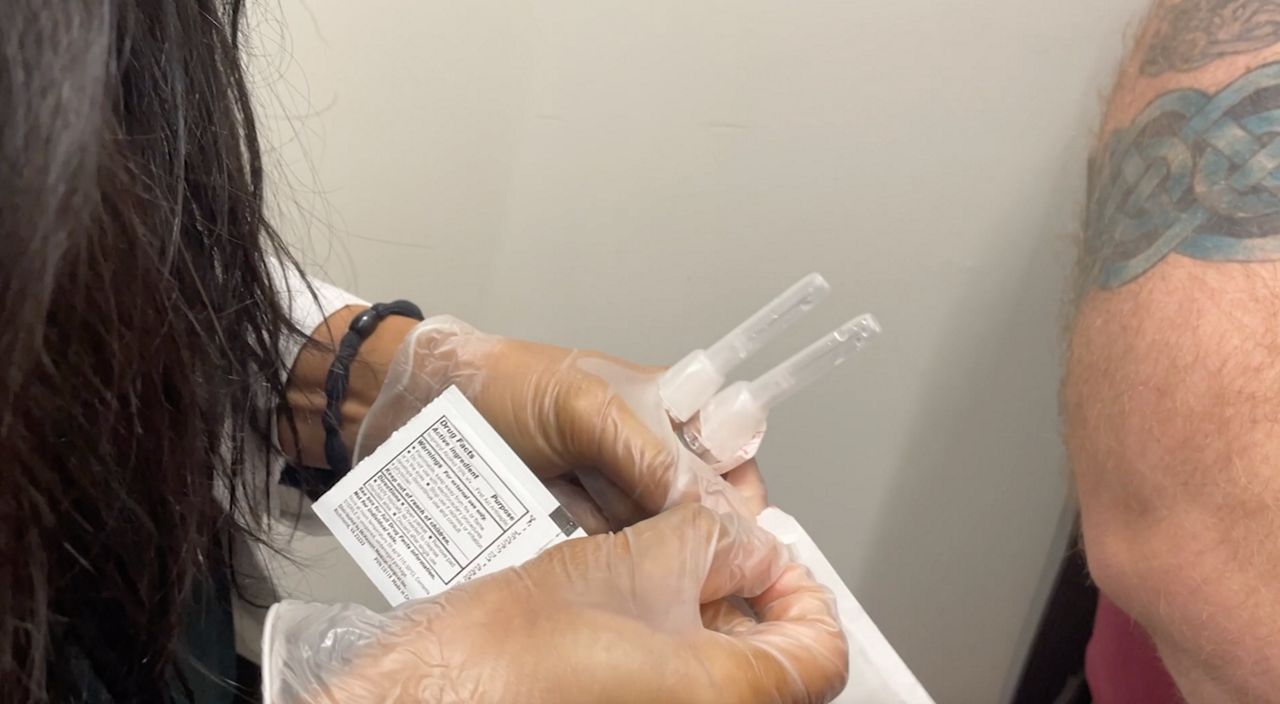NORTH CAROLINA – When it comes to turning the tide on COVID-19, health experts have touted one simple thing we can all do: wear a mask.
The virus mainly spreads through respiratory droplets, particles produced by infected people that are breathed in or touched by others.
For a visual demonstration of how masks can help, we teamed up with UNC School of Medicine virology professor Dr. Dirk Dittmer.
We talked, sang, coughed, and sneezed both with and without a mask into a plate to simulate another person's face or surface. The plates were then incubated for 48 hours.
With the mask on, all the plates came back clean.
The same can't be said for most of the plates with the mask off.
The white dots show bacteria that grew from where the droplets landed.
"We're not using the virus here, but bacteria travels in the same respiratory droplets as the coronavirus," Dittmer says. "So if you can prevent those droplets from leaving you or reaching you then you can diminish the risk of infections.
Along with wearing face masks, Dittmer stresses it's equally important to remember it's one of many tools we need to use to prevent infection.
"Other tools are social distancing. You have to be aware of what you're doing. Combining masks with the right careful behavior is your best way of staying uninfected and keeping people around you uninfected," Dittmer says.









